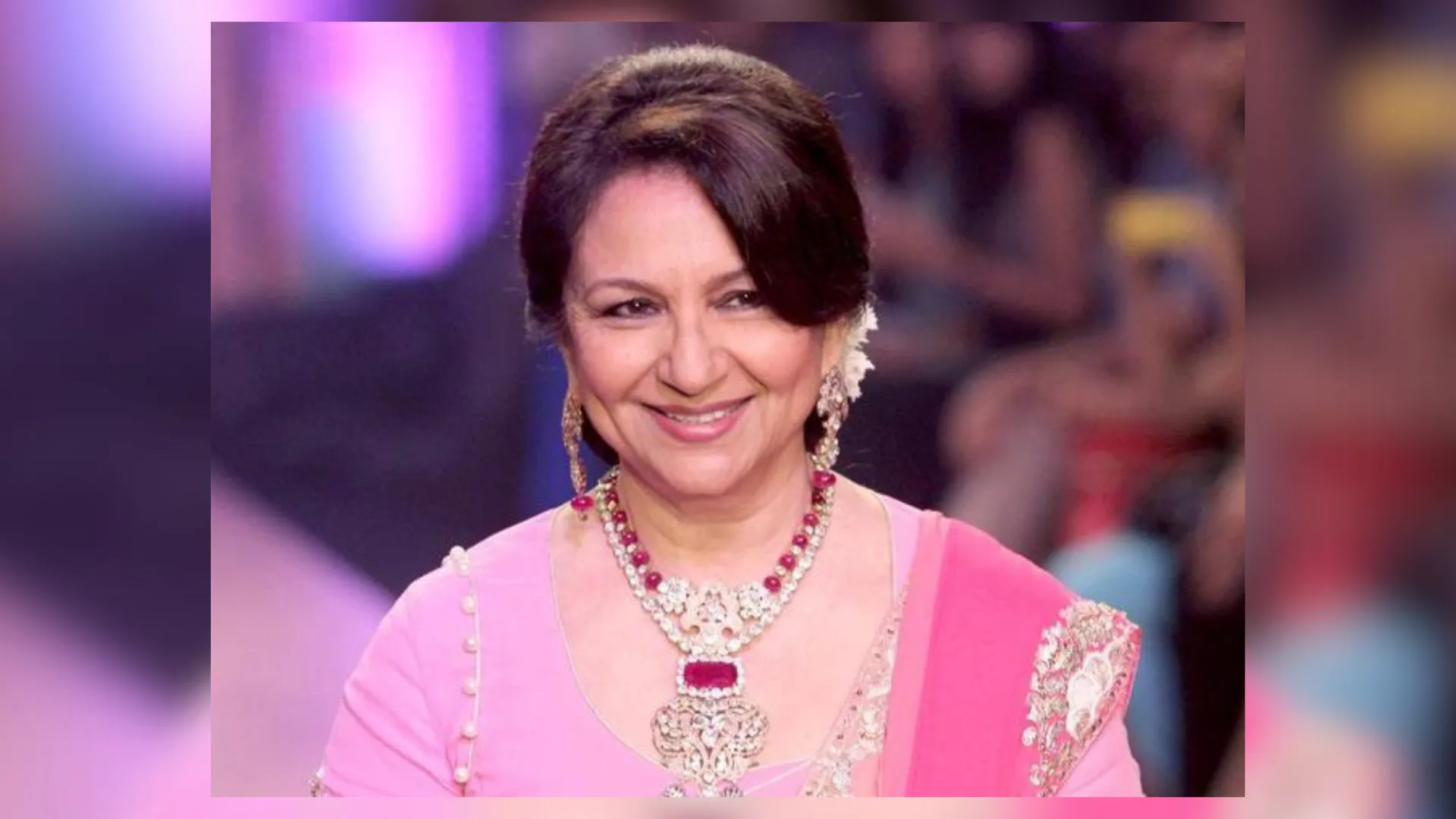The recently concluded Maharashtra Assembly elections marked a pivotal shift in the state’s political landscape. The BJP-led Mahayuti coalition emerged victorious with an overwhelming majority, overcoming significant challenges and redefining political dynamics. Key factors such as ideological consolidation, a coordinated RSS campaign, and a collapse in opposition leadership contributed to this outcome. Here’s an in-depth look at the driving forces behind the BJP’s success.
Hindu Votes Consolidated Beyond Caste Lines
One of the most striking aspects of this election was the BJP’s success in uniting Hindu voters across caste divides, unlike the Lok Sabha Elections in 2024. Campaign slogans like “Ek hai toh safe hai” (United, we are safe) and grassroots mobilization by the RSS played a crucial role. The BJP effectively countered attempts by opposition parties to exploit caste dynamics. By emphasizing the risks of fragmented voting—citing the example of Dhule’s loss in the Lok Sabha elections due to consolidated opposition votes—the BJP rallied Hindus around a shared identity, transcending traditional caste loyalties.
The Thackerays’ Ideological Drift
Another major shift that worked in favour of the BJP is that the Shiv Sena (Uddhav Thackeray faction) faced significant setbacks in this election, partly due to a perceived departure from its core Hindutva ideology. The voters largely felt that Shiv Sena had lost their ideological bearings, which led to the voters deserting the faction. The BJP capitalized on this ideological drift, framing the Thackeray faction as compromising traditional values for political alliances. The Uddhav-led Maha Vikas Aghadi (MVA) failed to counter this narrative, leading to disillusionment among its core voter base.
Stronger and Better-Coordinated RSS Mobilization
The Rashtriya Swayamsevak Sangh (RSS) played a behind-the-scenes yet instrumental role in BJP’s victory. There was noticeably better RSS coordination in favour of BJP-led Mahayuti. This coordination, Newsx notes, was not something that was noticed during the Lok Sabha Elections 2024. Through initiatives like “Sajag Raho” (Stay Alert), the RSS coordinated efforts across the state to ensure Hindu votes remained unified. Partnering with over 65 affiliated organizations, the RSS conducted numerous grassroots meetings to promote harmony and combat divisive narratives. This strategic groundwork proved invaluable in consolidating voter support.
Collapse in Congress Leadership
The Congress party’s performance was marred by weak leadership and internal disarray. Despite its strong showing in the 2024 Lok Sabha elections, the party failed to translate that momentum into state-level gains. A lack of coherent strategies and leadership voids allowed the BJP to dominate key constituencies, particularly in rural and semi-urban areas. The Congress’s inability to address pressing local issues like rural distress further alienated its voter base.
Stability Under a BJP-Led Government
Voters perceived the BJP as the most reliable option for ensuring political stability in Maharashtra. Memories of the instability following the 2019 Assembly elections, where the Shiv Sena split led to governance challenges, likely influenced this sentiment. The BJP’s track record of decisive leadership and promises of economic growth resonated with a populace eager for development and stability.
An example of the BJP’s belief in its stature is David Fadnavis’ recent tweet that was made on his official account on X (formerly Twitter). Fadnvavis’ tweet read, “Ek hai toh safe hai, Modi hai toh Mukin hai,” reflecting his belief in the Modi government and Prime Minister Narendra Modi’s leadership.
Implications for Maharashtra’s Future
The BJP’s victory is not without challenges. Balancing power among allies within the Mahayuti coalition and delivering on promises will be crucial for sustaining public trust. Meanwhile, the MVA faces an existential crisis, with the Thackeray faction and Sharad Pawar’s NCP grappling with dwindling influence and internal dissent.





















